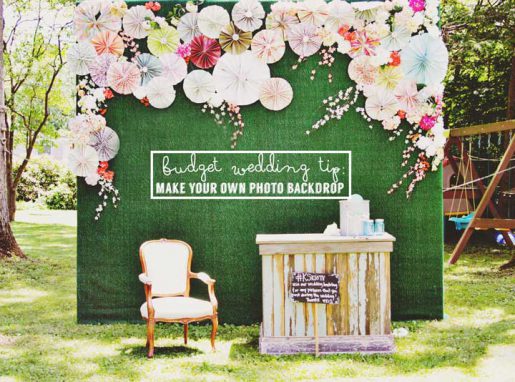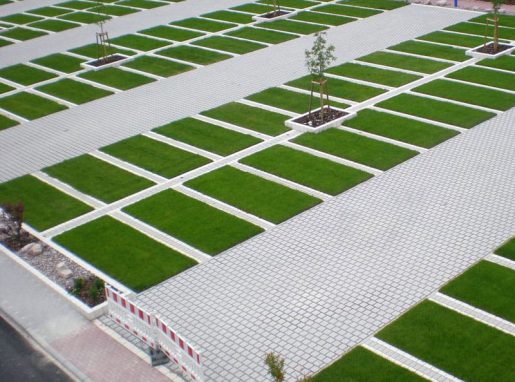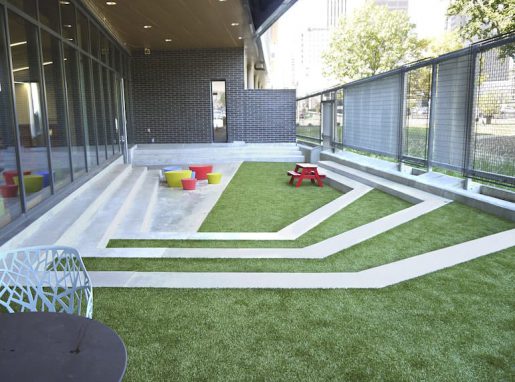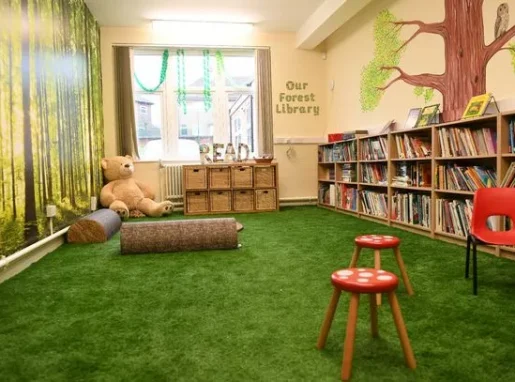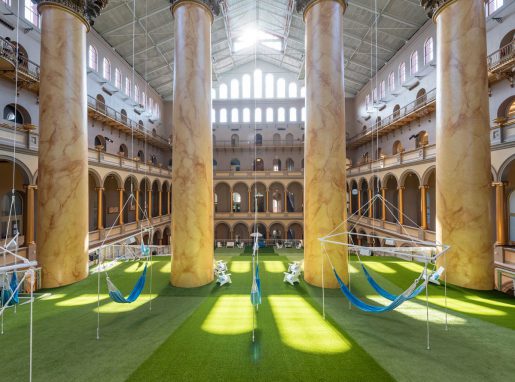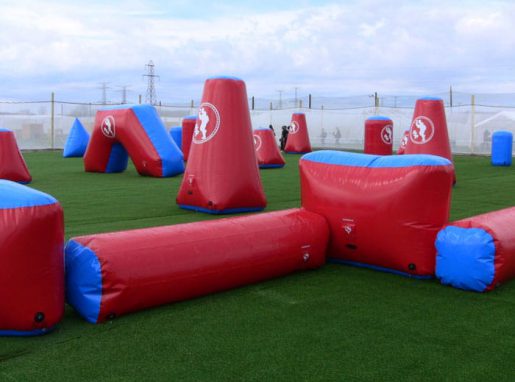Tips for Designing Artificial Grass on Sloped Terrain
Designing artificial grass on sloped terrain requires careful consideration to ensure a visually pleasing and functional result. Follow these tips to create a stunning artificial grass landscape on challenging slopes:
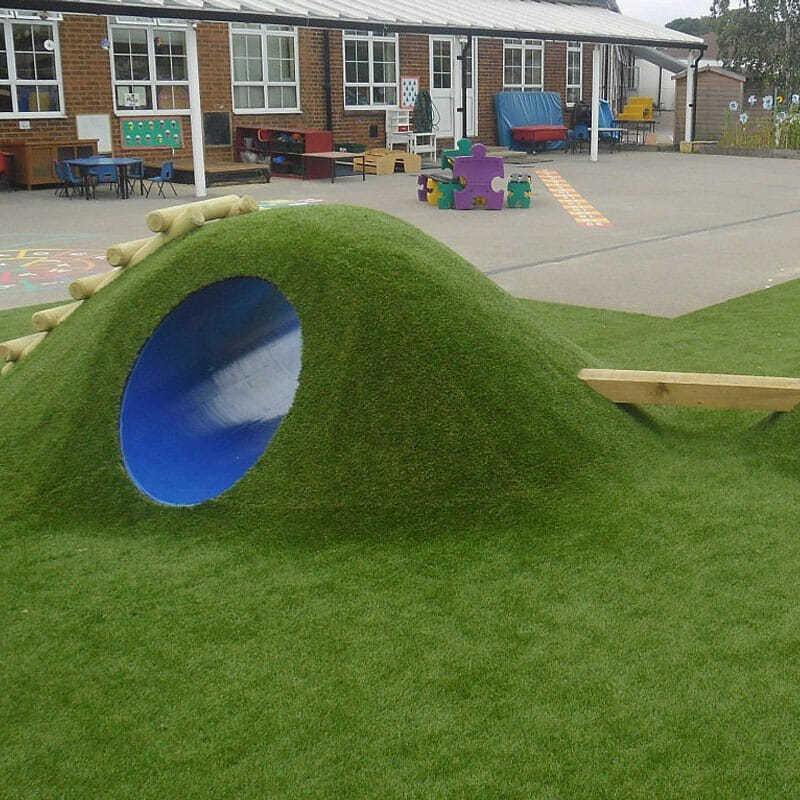
- Survey and Map: Begin by surveying the property and creating a contour map that outlines elevation changes. Divide the map into sections with different grades, which will guide the placement of the artificial grass.
- Utilize Landscaping Features: Incorporate landscaping elements like garden beds, retaining walls, and pathways to create flatter surfaces and terraced areas within the slope. This not only adds structure but also defines usable spaces.
- Engineered Features: Consider constructing engineered berms, mounds, and hills to enhance the existing slope contours. These features add visual interest and amplify the sense of dimension.
- Seam Placement: Pay close attention to the orientation and placement of artificial grass seams. Stagger seams between contour sections to ensure a more natural flow and avoid abrupt perpendicular seams.
- Secure Installation: On steeper inclines, secure the underside of grass sections using stakes, staples, and specialized fastening systems. Leave slight gaps between sections to prevent buckling and shifting.
- Proper Infill: Along steep banks, use infill materials like sand or crushed granules (up to 2 pounds per square foot) to weigh down the turf and prevent movement on the slope.
- Incorporate Pathways: Create steps, trails, and pathways using natural stone or timber. These pathways not only make navigation easier but also add to the overall design aesthetic.
- Enhance with Landscaping: Enhance the hillside design with elements such as boulders, decorative rock walls, drought-resistant plants, and gravel. These additions help blend the artificial grass with the natural landscape.
- Choose Appropriate Blades: Opt for artificial grass blades designed for sloped angles. Consider nylon options with thatch layers that can effectively hide uneven seams. Choose shades of green that complement the surrounding vegetation.
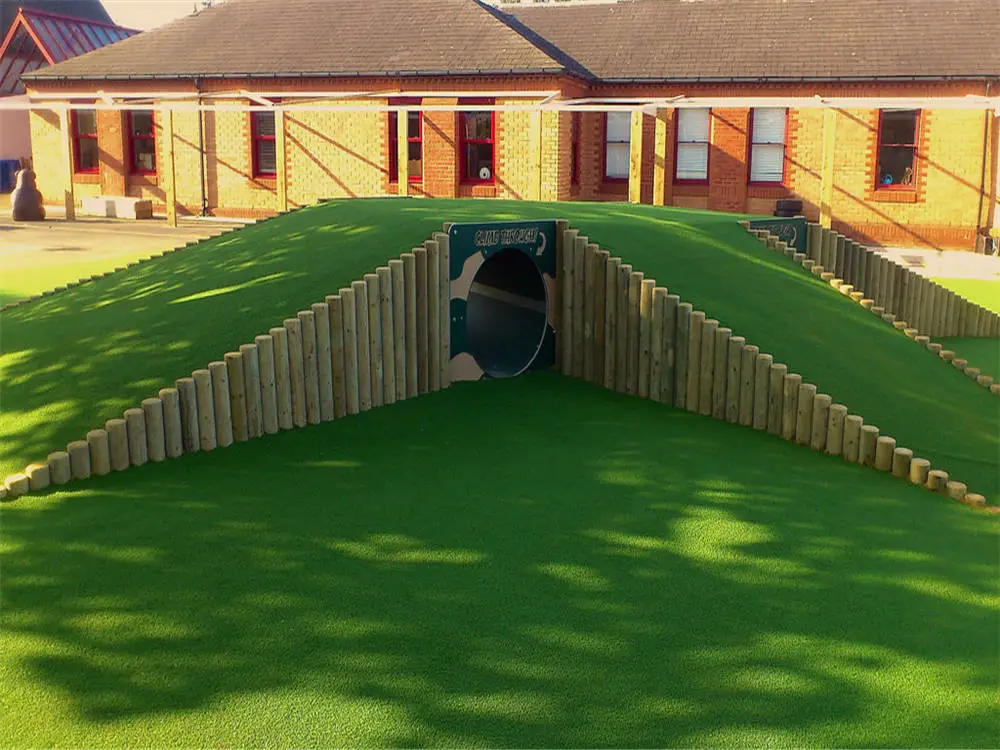
By meticulously surveying the terrain, planning layout and seam placements, securing installation, and enhancing the landscape with complementary features, you can create an artificial grass design that seamlessly integrates with the natural contours of a sloped yard. With careful execution, even challenging slopes can be transformed into captivating artificial grass installations that enhance your outdoor space.
Design Concepts for Artificial Grass in Commercial Parking Lots
- Permeable and Sustainable Surfaces
- Designated Green Spaces
- Safety and Comfort
- Traffic Control and Wayfinding
- Branding and Aesthetic Enhancement
- Low Maintenance and Cost-Efficiency
Green Tranquility: Artificial Grass Elevates Dayton Metro Library’s Outdoor Oasis
- Nature Amidst Knowledge
- Year-Round Green
- Comfortable Retreat
- Community Engagement Spaces
- Sustainable Landscaping
- Ease of Maintenance
- Aesthetic Harmony
Forest-Inspired Library Transforms with Artificial Grass at St Maria Goretti Catholic Academy
- Nature's Touch
- Synthetic Serenity
- Whimsical Seating
- Minimal Maintenance, Lasting Appeal
- Reading Retreat
- Imaginations Awakened
Artificial Grass Design at the National Building Museum: A Green Oasis in the Heart of Architecture
- Aesthetic Harmony
- Sustainable Elegance
- Year-Round Appeal
- Public Recreation Spaces
- Versatile Applications
- Safety and Accessibility
- Educational Significance
Artificial Grass in Paintball: Enhancing the Paintball Experience
- Durable and Resilient
- Consistent Surface
- All-Weather Play
- Low Maintenance
- Player Safety


